|
If you have new or temporary staff on your team, it’s a good time to give a refresher course on avoiding the spread of colds and flu, as well as other germs that can cause foodborne illness. The National Restaurant Association advises operators to provide a handwashing demo to staff, focus on the nail beds and under the fingernails where bacteria is easily trapped, and mention the need for scrubbing, rinsing and complete drying of hands to avoid cross-contamination. Hand sanitizer is a good final step after handwashing but does not replace it. Make sure your food handlers know when and how to report their symptoms of illness — and ensure your managers keep staff informed of the reporting requirements of foodborne illness symptoms, with emphasis on the need to report vomiting, diarrhea, jaundice, sore throat with fever, or infected cuts or burns with pus on hands or wrists. Finally, build a culture in which your team feels comfortable reporting their illness symptoms. You can foster this environment by having regular conversations about how to report symptoms and what follow-up actions to take to prevent the spread of foodborne illness, as well as by placing posters around your facility to remind employees of their responsibility to be forthcoming about symptoms they or other staff experience.
A new computer model stands to make the identification of foodborne illness sources more accurate than traditional methods and significantly faster too — in fact, close to real time. That’s according to Harvard University’s School of Public Health, which co-led research with Google on a computer model that uses machine learning and aggregated search and location data from logged-in Google users. The model classifies Google searches indicating foodborne illness (e.g. “stomach cramps”), then connects those searches with de-identified and aggregated location history data from users who have saved it. That helps the model identify restaurants that people who searched for the terms have visited recently. A test of the model found that the rate of unsafe restaurants it detected was 52.1 percent, compared to 39.4 percent for inspections initiated by a complaint-based system.
If your restaurant considers how allergic guests avoid exposure to allergens, you may be able to better protect their safety. According to a recent study that surveyed people with allergies who successfully dine out without experiencing reactions, respondents use an average of 15 different strategies to avoid triggering an allergy in restaurants. The study, reported at the American College of Allergy, Asthma, and Immunology’s annual conference in November, found that the top five strategies used are speaking to a server upon arrival, ordering food with simple ingredients, double-checking food before eating it, avoiding restaurants with a higher likelihood of cross-contamination and checking meal ingredients on the restaurant’s website. Make sure your team and your website are up to the task.
As menus and food preparation methods evolve, food safety standards may slip. To make sure that doesn’t happen, Douglas Davis, senior director of global food safety for Marriott International, told attendees at the recent Nation’s Restaurant News Food Safety Symposium that his team places requests for new foods or techniques into one of three buckets. The first is for risky practices with third-party vendors, the second is for vendors and foods they have worked with before or which have a known risk exposure, and the third is for foods and techniques they haven’t encountered before. Items in the first bucket go through a business case analysis with the company’s risk management partners. They gather information from Marriott’s hotels about each step of their preparation process to determine if any part of it needs to change. Items in the second bucket are addressed using the company’s existing safety standards, while the methods in the third bucket are assessed by a consultant or microbiologist to ensure safety.
There is always a new food trend or cooking technique your restaurant may want to try. But whether you’re incorporating sous-vide cooking techniques or simply adding seasonal produce to drinks, you want to ensure your food safety standards keep up with your menu developments. At the recent Nation’s Restaurant News Food Safety Symposium, microbiologist Brian Nummer reminded the audience of the acronym FAT TOM, which lists the top factors that contribute to bacteria growth: food, acidity, time, temperature, oxygen and moisture. He said when restaurants incorporate new trends into their cooking, it can be easy to neglect safety. But that is less likely to happen if chefs are trained in the science of cooking as well as the art. When that happens, Nummer said, chefs more naturally tweak dishes to ensure safety (say, adding extra lemon to a dish so it reaches a pH 4, which kills bacteria).
Small fluctuations in temperature can mean the difference between a dish that is safe to eat and one that harbors harmful bacteria. Your food thermometers are among your most useful tools to protect against foodborne illness, so make sure they are up to the task. Statefoodsafety.com advises that restaurants calibrate bimetallic food thermometers before every shift or any time they are bumped or dropped.
‘Tis the season for holiday feasting — and leftovers. Just make sure you have plenty of space in your refrigerator and freezer to accommodate them. Overloading shelves or placing food too close to the refrigerator’s circulatory fan could impede the smooth circulation of air. This could lead to a food safety issue or potentially affect the lifespan of the refrigerator. Make sure to clear some space in the midst of the holiday rush.
Being able to do so may help you avoid a foodborne illness outbreak at a time when the supply chain is becoming increasingly complex. At the recent Nation’s Restaurant News Food Safety Symposium, Ecolab’s vice president of food safety offered operators a couple of tips to find the most reliable growers. She said the larger ones, those with $5 million in sales and more, tend to have strong food safety practices and testing already in place. Further, she advised operators to identify growers who use third-party facility audits. Those growers, she said, spent two to 10 times more on food safety than those who didn’t.
McDonald’s and Panera had an unfortunate trait in common in recent months: Both brands served salads that were linked to foodborne illness outbreaks. But they’re hardly alone. Healthline reports that between 1973 and 2012, 85 percent of the foodborne illness outbreaks in the U.S. that were caused by leafy greens were traced back to a restaurant or caterer. As restaurants accommodate consumer demand for these fresh ingredients, operators need to be extra aware of the food safety vulnerability that comes along with that shift. While produce and other raw, fresh foods may be healthier to eat than processed foods, they also carry an increased risk of spreading illness. Modern Restaurant Management reports that a number of factors exacerbate the problem, ranging from operators’ reliance on pencil-and-paper processes that are easy to skip and don’t hold staff accountable, to a lack of awareness of the supply chain. The report advised that as menus offer fresh ingredients, operators must step up their focus on food safety and ensure they prevent cross-contamination of ingredients, cook food to the proper temperature and sanitize equipment. But beyond that, they must also have a good understanding of the origins of their produce and how it has been stored along its route. Without that, even a restaurant with a spotless kitchen and vigilant staff can serve produce that sickens a guest.
When your food supplies arrive, do you have time to inspect each delivery? If not, you could be allowing food into your operation that you would otherwise reject, increasing your chances of spreading harmful pathogens. To ensure you’re allowing only thoroughly inspected shipments into your facility, Statefoodsafety.com suggests scheduling shipments to arrive at different times and not at peak hours when you may feel pressed to rush through an inspection.
|
subscribe to our newsletterArchives
April 2024
Categories
All
|


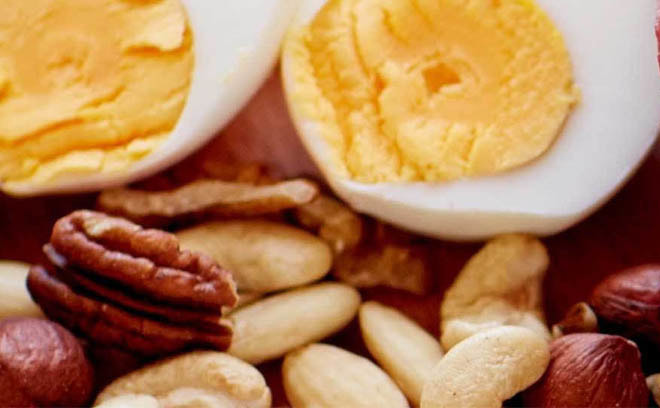

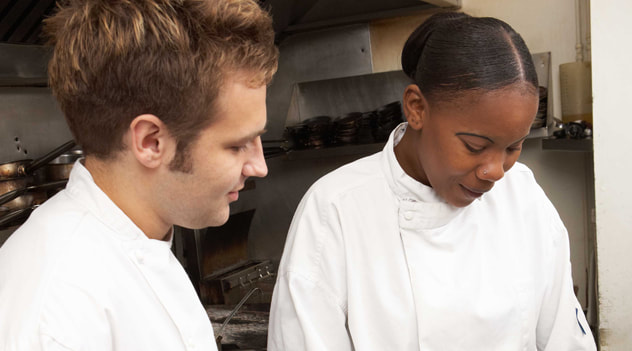
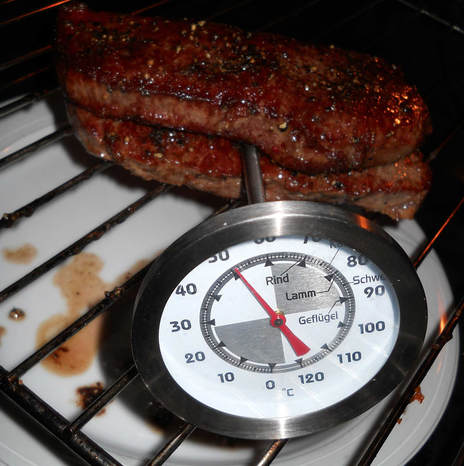
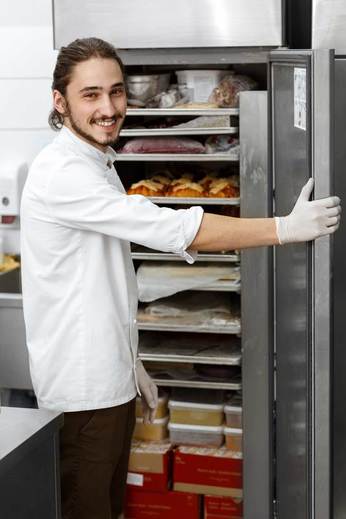
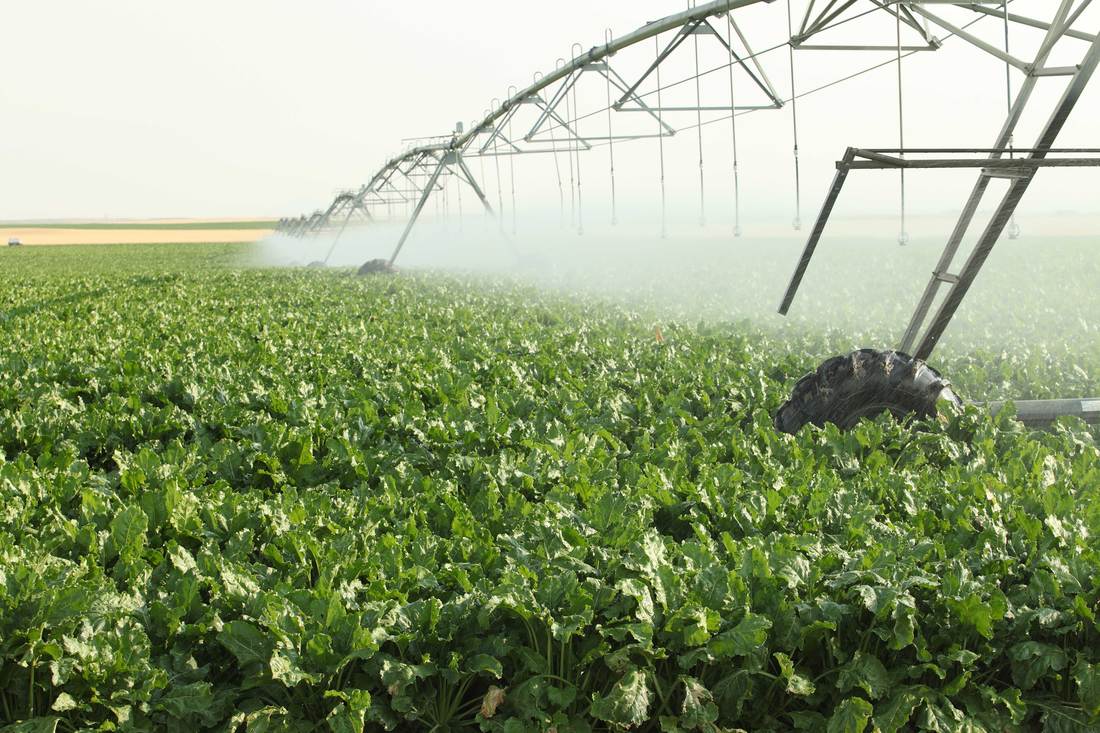
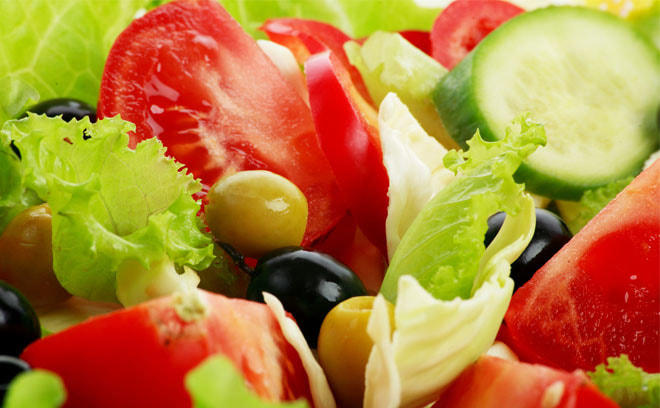



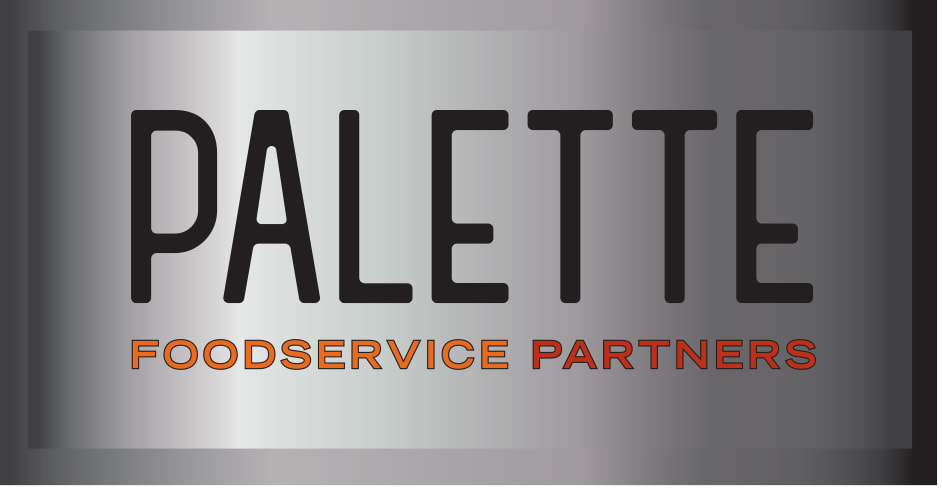
 RSS Feed
RSS Feed